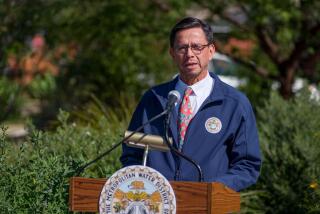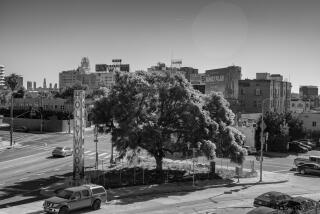Homeowner association board seems to be making own tree rules
Question: Our homeowners association has more than 150 single-family homes, and builders planted a tree in the exclusive-use unfenced frontyard of each house, either in the yard or the space between driveways.
The covenants, conditions and restrictions have no language specifically referencing removal or replacement of trees and do not mandate a tree be planted in any frontyard. Owners have removed many existing trees. An arborist confirmed our tree was diseased, and two years ago a board director gave us an oral OK to remove it.
The current board has decided that all homes without a tree must “immediately” plant one. We have received a violation notice stating we are “not in compliance with the CC&Rs” and that “each owner likewise shall maintain, protect and preserve where possible the frontyard tree.... Per the governing documents, the tree must be replaced in your front or side yard.”
No such language exists in any of the governing documents, including the CC&Rs. Without any input from owners, management circulated a list of what they term “acceptable trees,” but this was not part of our CC&Rs.
Who’s liable for tree damage? Who compiled the tree list? What about potential uplifting of sidewalks, broken cable/gas lines and plumbing and sewer lines? Can they fine us if we do not comply?
Answer: Board instructions to titleholders should be put in writing as, normally, an oral OK is meaningless and unenforceable. If nothing in your association’s CC&Rs specifically addresses removal, replacement of or mandating frontyard trees, the board’s notice is unenforceable.
It is the board’s burden to provide titleholders with the actual language of the law mandating the tree replacement. And, if the existing CC&Rs do not document a list of so-called acceptable trees, the board cannot willy-nilly produce such a list without amending the governing documents.
The board should fully delineate who is liable for tree damage during installation, removal and maintenance as trees continue to grow. If the tree is actually association property, then the association could be held liable for any potential damage caused by the tree.
In some developments the association owns the sidewalks and would be obligated for their maintenance. In others, there is case law that even though the association does not own the city sidewalk it is still liable for unsafe conditions, concrete breakage, damage and injuries caused by commonly owned trees to these public walkways.
In addition to fines being “reasonable,” a legal protocol for fining titleholders must be circulated to all owners on a yearly basis and followed as set forth in the governing documents and the Davis-Stirling Act. Such fines must be assessed in accordance with the law and can be challenged.
Glassman is an attorney specializing in corporate and business law. Vanitzian is an arbitrator and mediator. Send questions to P.O. Box 10490, Marina del Rey, CA 90295 or email noexit@mindspring.com.






